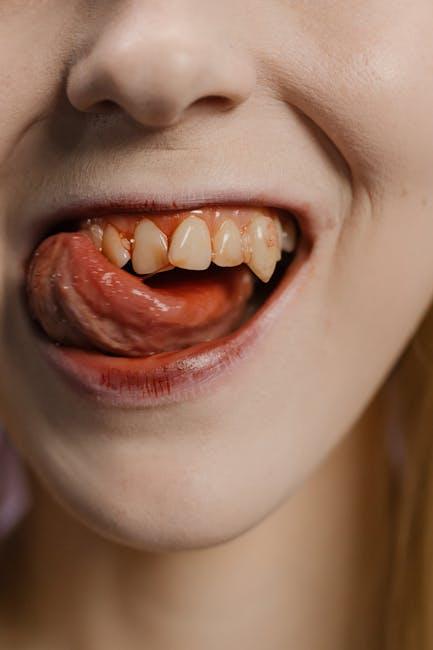
“`html
Does Medicaid Cover Dental? Orthodontics, Common Procedures & State Coverage
Dental health is a crucial part of overall well-being, but many adults and children wonder, does Medicaid cover dental care? The answer is not straightforward. Medicaid dental coverage varies widely by state, age group, and the specific type of dental service. This article dives deep into Medicaid’s dental benefits, including orthodontic coverage, common procedures, and how coverage differs across states. Whether you’re a current Medicaid enrollee or considering applying, understanding these nuances can help you make the most of your benefits.
Understanding Medicaid Dental Coverage Basics
Medicaid is a joint federal and state program that provides health insurance to millions of eligible low-income individuals and families. While Medicaid covers a broad range of medical services, dental coverage is not uniformly mandated for adults —
it is a mandatory benefit only for children under the Early and Periodic Screening, Diagnostic and Treatment (EPSDT) service.
Here is the key distinction:
- Children under 21: Medicaid must provide dental services as part of EPSDT comprehensive health care.
- Adults 21 and older: Dental coverage is optional and depends largely on the state’s Medicaid program.
Does Medicaid Cover Orthodontics?
Orthodontic treatment, which includes braces and other dental appliances to correct teeth and jaw alignment, is one of the more complex dental services regarding Medicaid coverage.
Medicaid Coverage for Orthodontics in Children
Because dental care is essential under EPSDT for children, many state Medicaid programs do provide coverage for medically necessary orthodontic procedures. Medical necessity often means treatment is required to fix serious conditions such as:
- Congenital oral anomalies (e.g., cleft palate)
- Trauma-related dental injuries
- Severe malocclusion that impairs function (e.g., chewing, speech)
Cosmetic orthodontics generally is not covered.
Orthodontics for Adults on Medicaid
Most state Medicaid programs do not cover orthodontic treatment for adults unless it is medically necessary, which is rare. Adult enrollees seeking braces or clear aligners usually need to pay out-of-pocket or explore alternative financing options.
Common Dental Procedures Covered by Medicaid
Medicaid dental coverage can include a variety of preventive, diagnostic, and restorative procedures, but the exact offerings depend on your state program and whether you are a child or adult.
| Procedure | Children (Under 21) | Adults (21+) |
|---|---|---|
| Dental exams & cleanings | Covered | Varies by state |
| X-rays | Covered | Varies by state |
| Fillings | Covered | May be covered |
| Extractions | Covered | May be covered |
| Root canals | Covered in many states | Rarely covered |
| Dentures | Covered in some states | Varies by state |
| Orthodontics | Covered if medically necessary | Usually not covered |
Note: Coverage ranges widely. Always check with your state Medicaid office for specific benefits and limitations.
State-by-State Medicaid Dental Coverage Differences
Since Medicaid is a state-run program, each state sets its own guidelines for adult dental care, resulting in a patchwork of coverage levels. For children, coverage is more consistent but still subject to administrative nuances.
States with Robust Adult Dental Benefits
- California: Comprehensive adult dental including preventive and restorative services.
- New York: Extensive adult dental coverage with orthodontics for qualifying cases.
- Texas: Limited adult coverage but covers key preventive services.
States with Limited or No Adult Dental Coverage
- Alabama: Adult dental services are very limited.
- Florida: Only emergency dental procedures covered for adults.
- Georgia: Minimal adult dental benefits, often emergency-only.
Use the table below as a quick reference for adult dental Medicaid coverage in select states:
| State | Adult Dental Coverage Level | Orthodontics Coverage |
|---|---|---|
| California | Comprehensive | Medically necessary only |
| New York | Comprehensive | Covered
|


